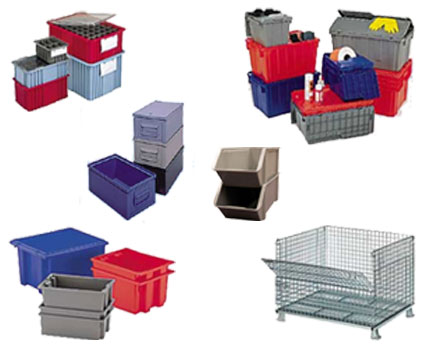 Picking and sorting operations have become increasingly important to many businesses in recent years. Thanks to the rise in popularity of online ordering, most businesses today are desperately looking for any way they can get products to customers faster and with fewer mistakes and/or damage.
Picking and sorting operations have become increasingly important to many businesses in recent years. Thanks to the rise in popularity of online ordering, most businesses today are desperately looking for any way they can get products to customers faster and with fewer mistakes and/or damage.
So finding innovative ways to speed up picking and sorting operations has become something of a mantra to many businesses, from giant retailers like Amazon to small, local businesses simply looking for ways to build their customer base through online ordering.
Here then are five ways your business can instantly reduce the amount of time it takes to fulfill online orders so you can get products to customers faster and more accurately.
Touch Less, Earn More
Take a look at your current fulfillment process. How many times do actual people actually touch products? If it’s more than once, you probably are doing something wrong.
The more touches a product has, the slower it moves through the fulfillment process. Also, the higher the risk of damage of mistakes there will be.
What’s Your Storage Look Like?
How and where you store products is critical to the velocity of their movement through your fulfillment system. When it comes to storage in your warehouse, dock, or business, the first question you should be asking is “Why?”.
Are there any opportunities you could be exploiting, such as random storage — in which items are assigned to any open location — or volume-based storage in which items are ranked by demand and assigned storage locations accordingly.
The 80/20 Rule
Efficiency studies have proven that for most businesses 80% of orders come from 20% of the business’s inventory. Simply moving the most popular items closest to the packing station — or directly on the dock or shipping office itself — can significantly speed up the majority of your fulfillment.
Picking the Right Picking Strategy
By default, most businesses use manual piece picking. After all, it’s the simplest and it makes sense … as long as your volume is low.
But at a certain point, it makes more sense to consider picking strategies that better accommodate higher volumes, such as zone picking, batch picking, wave picking, or even automation.
Walking Is the Worst
Any time workers have to walk anywhere, you are losing money. Not only is it inefficient, but it exposes workers to fatigue, injury, and the risk of being run over by a forklift.
When looking for ways to improve picking and sorting operations, keep walking to an absolute minimum.
